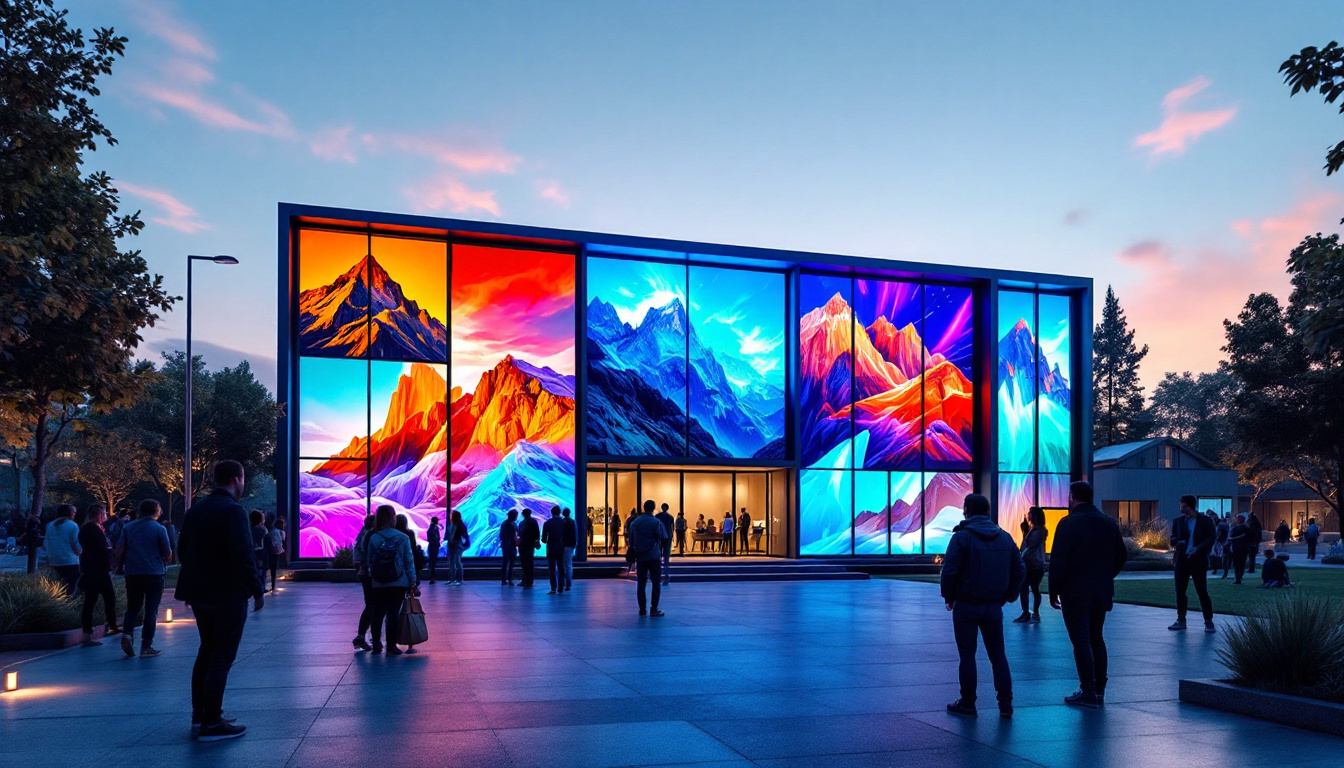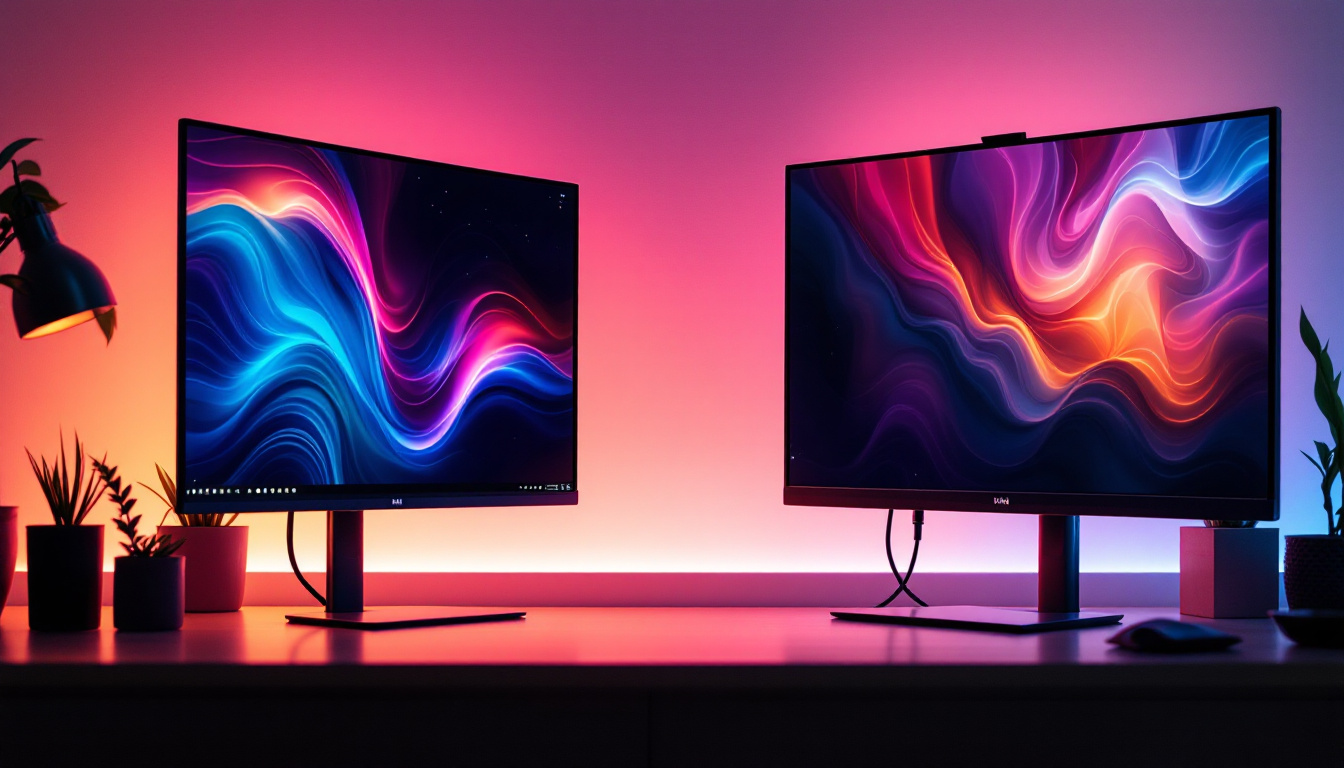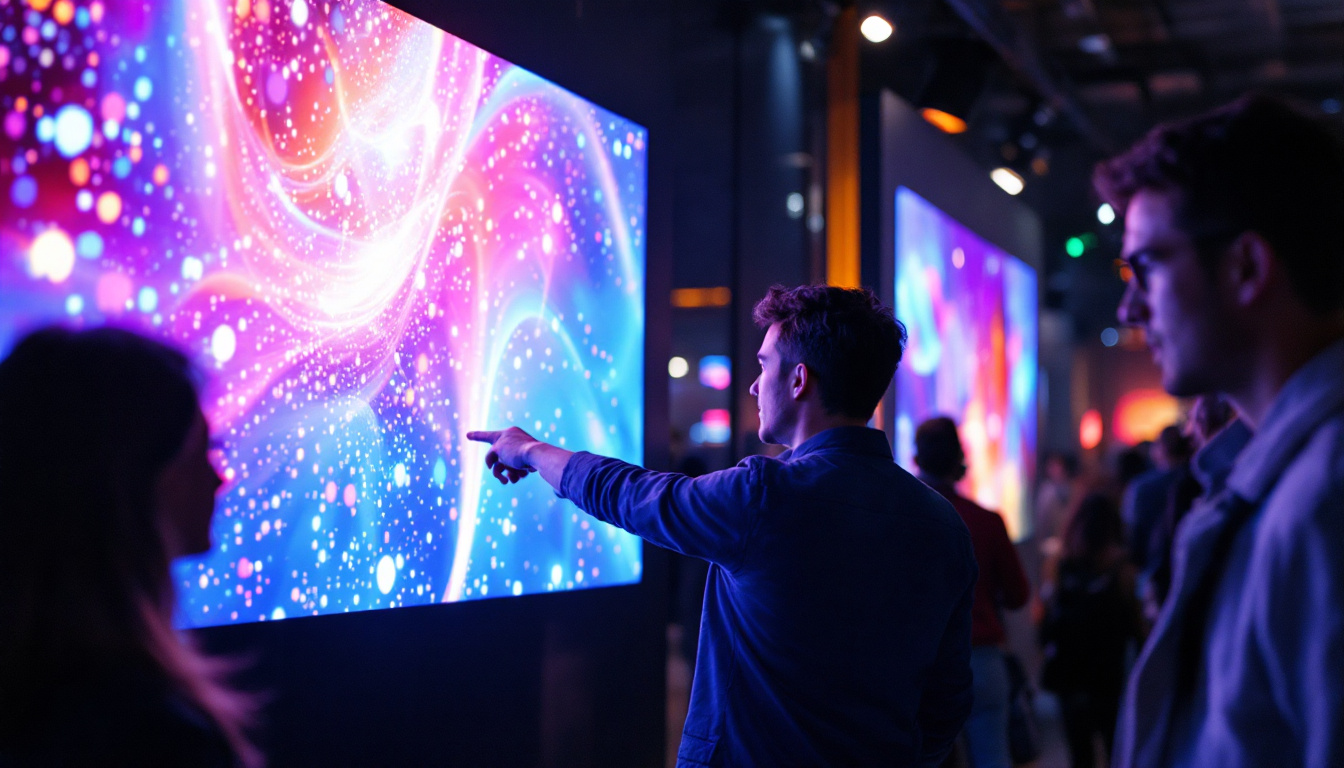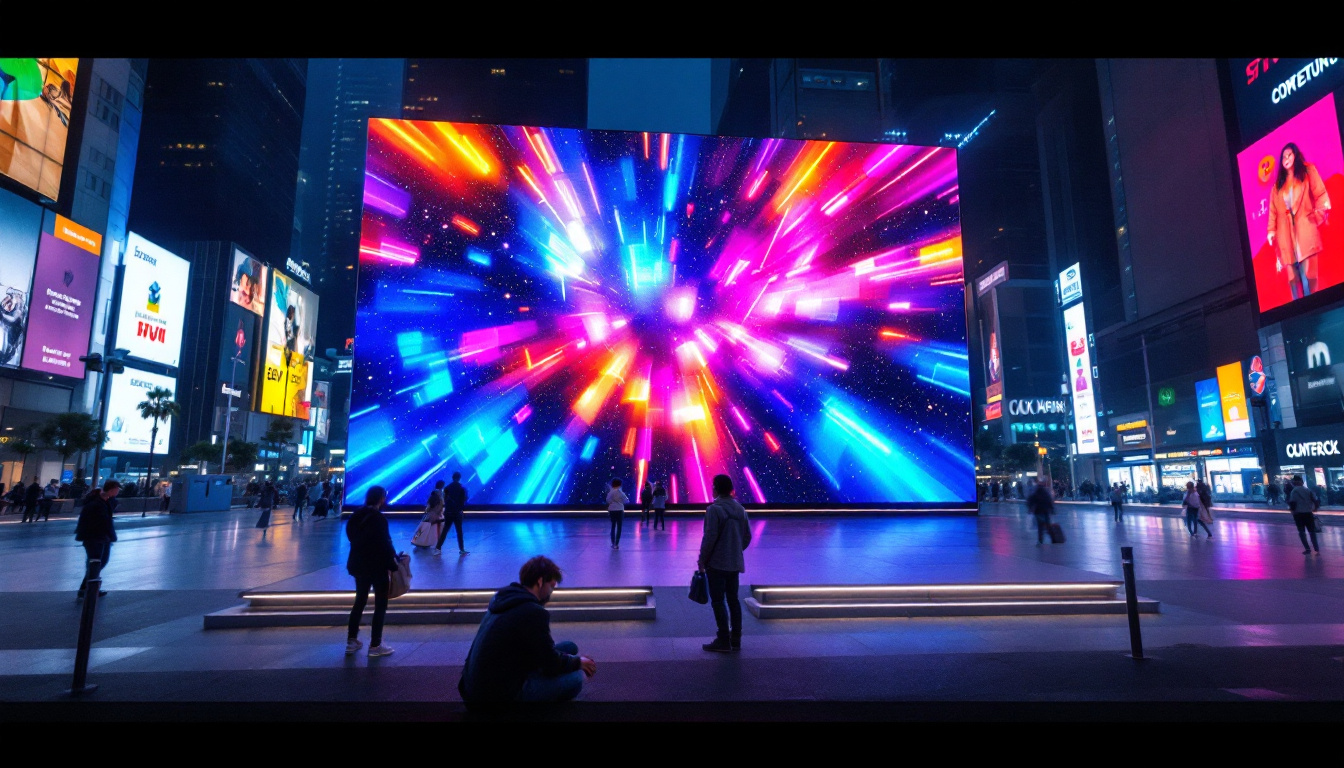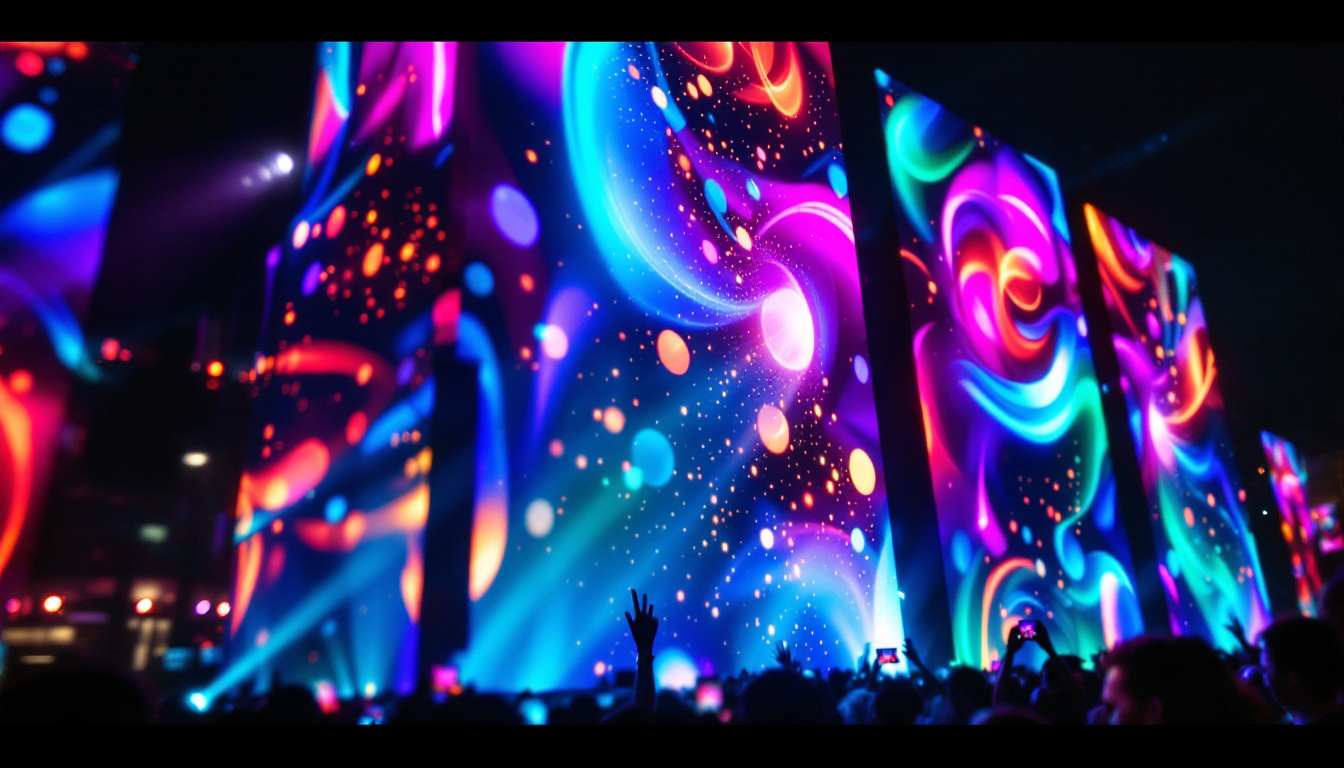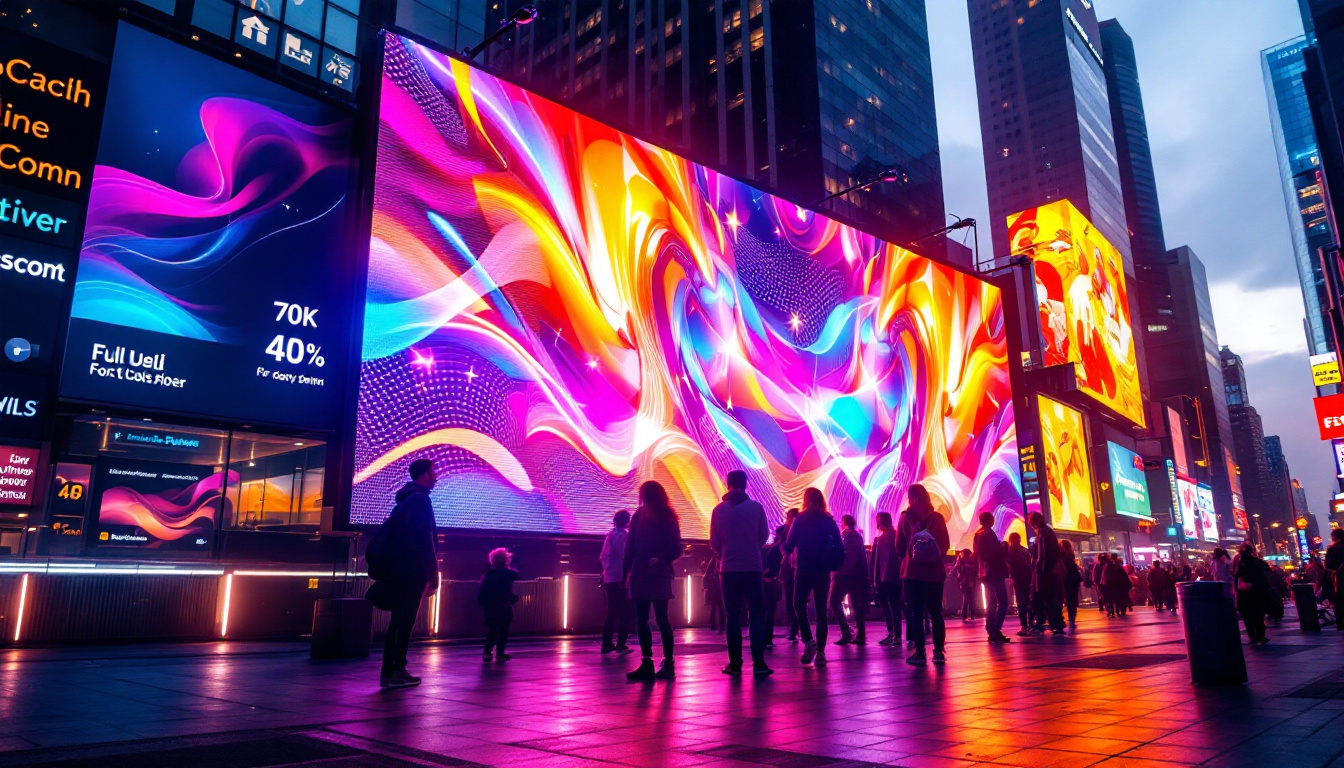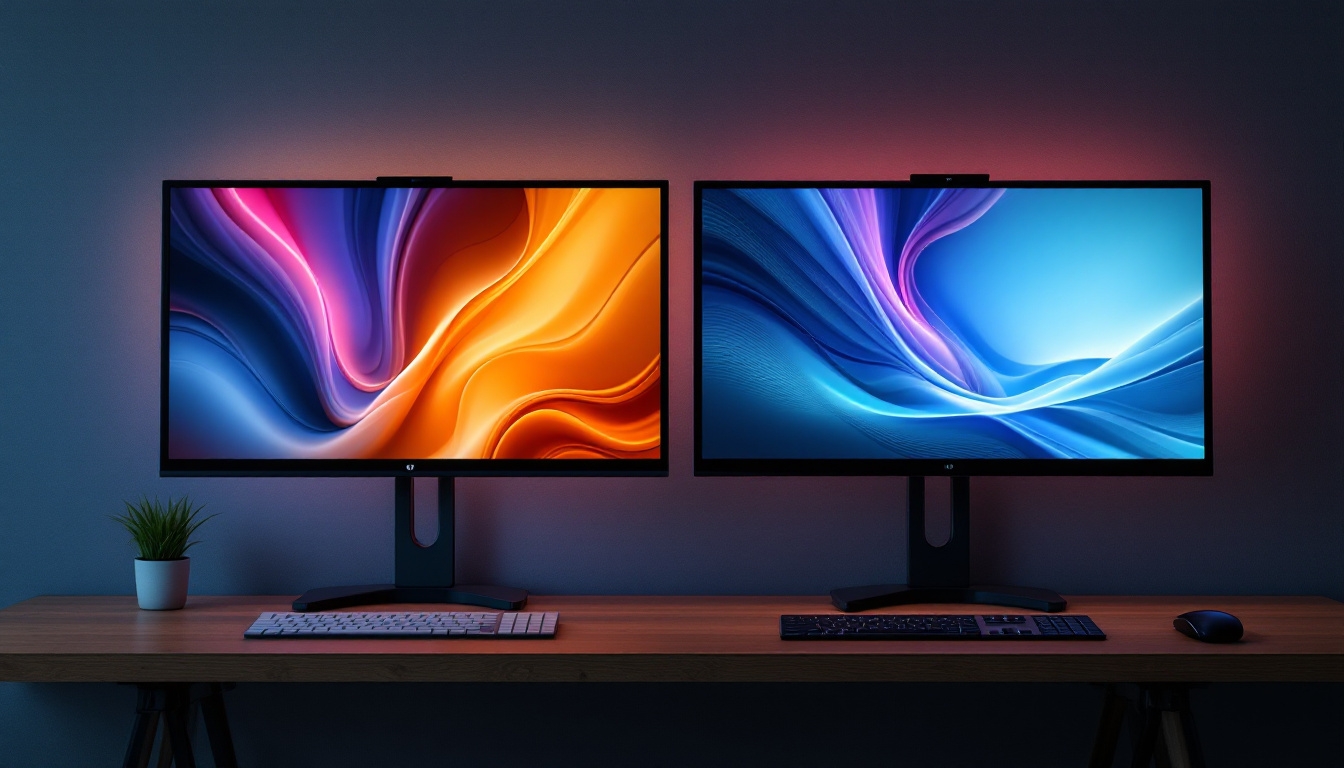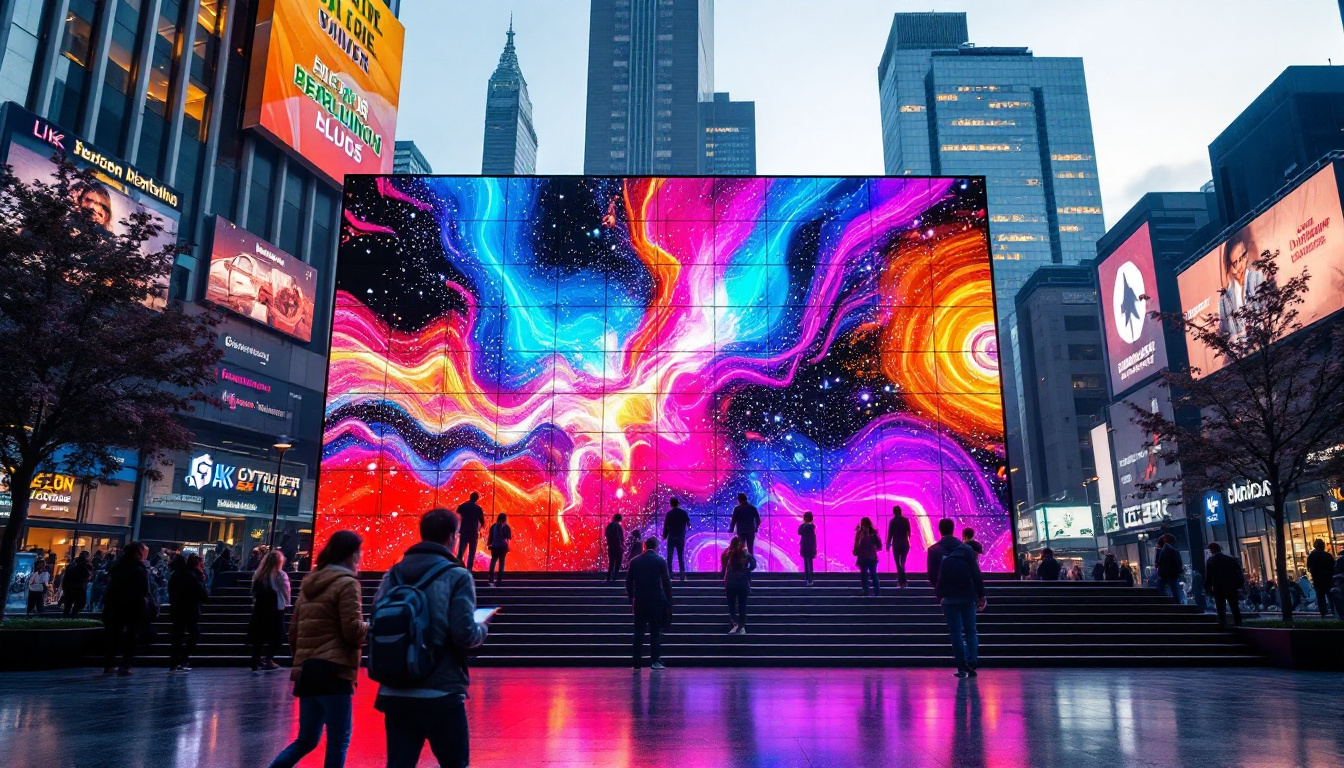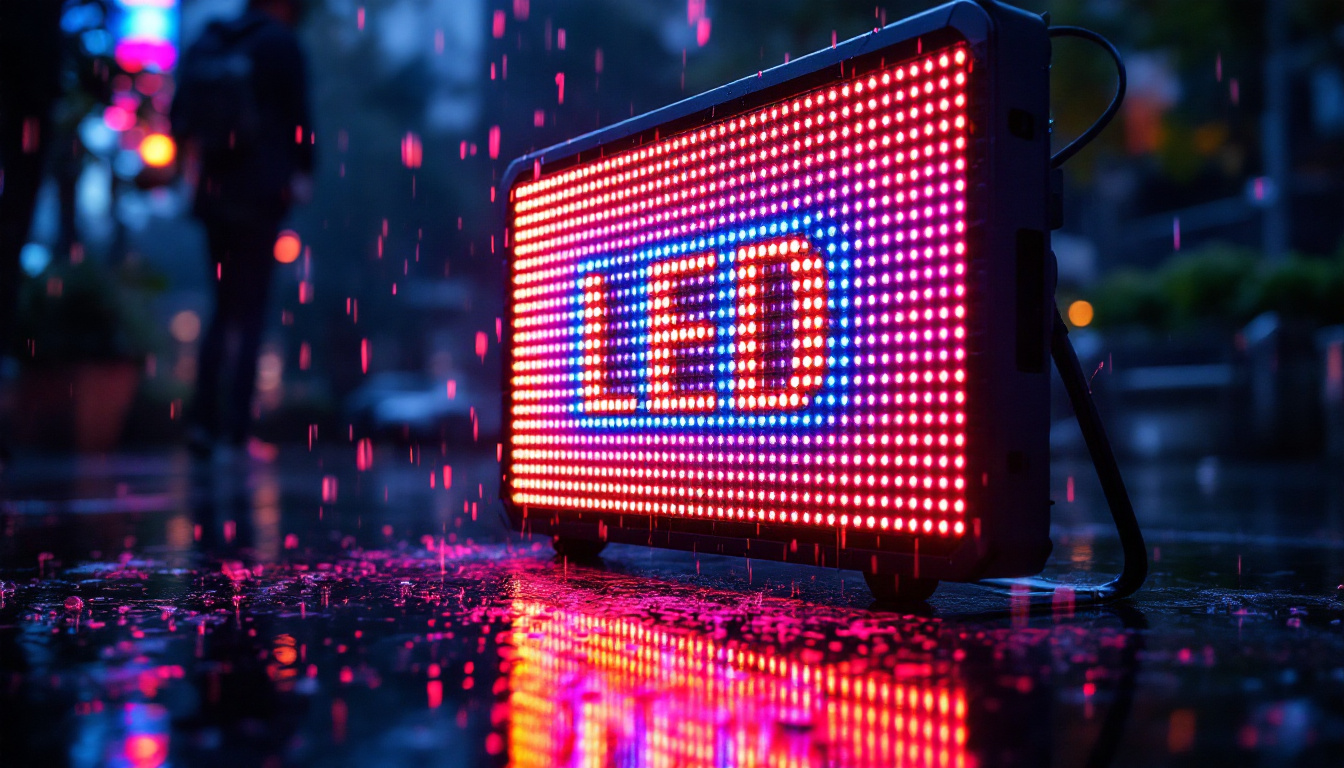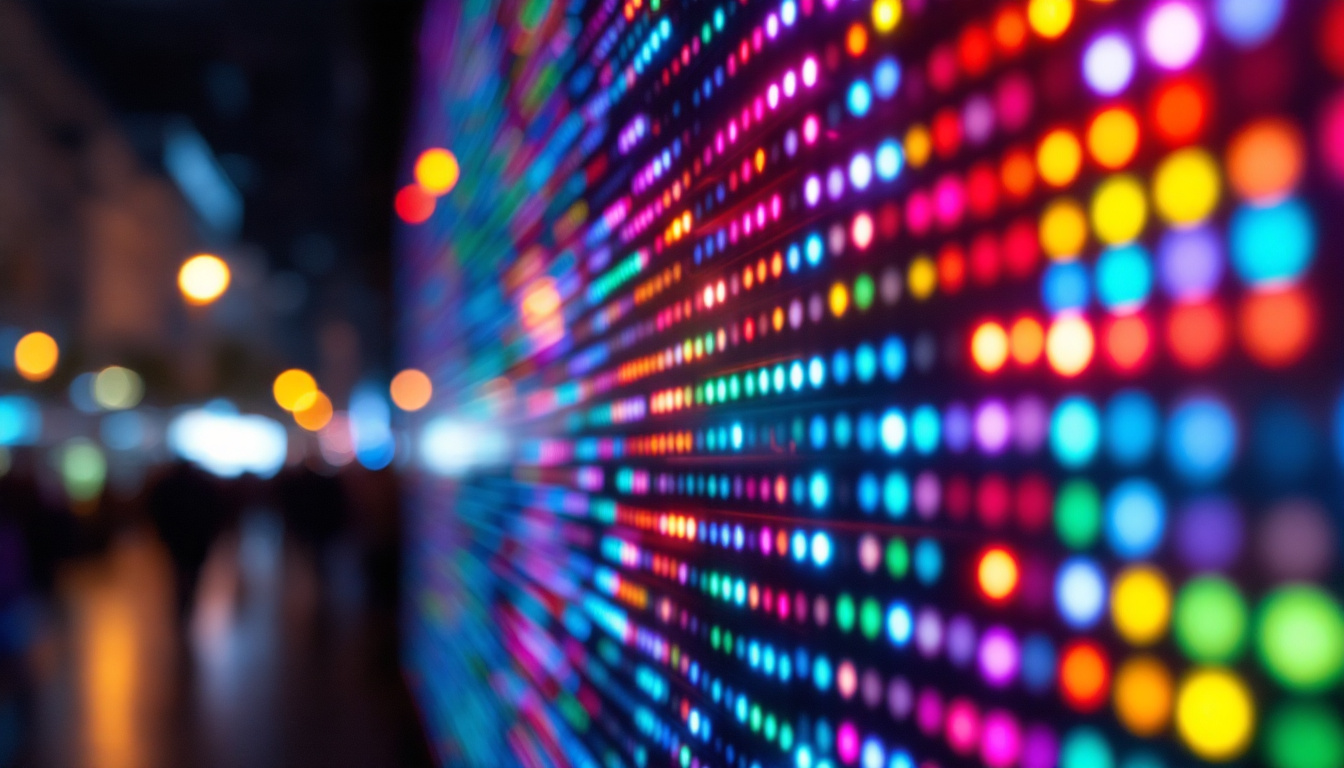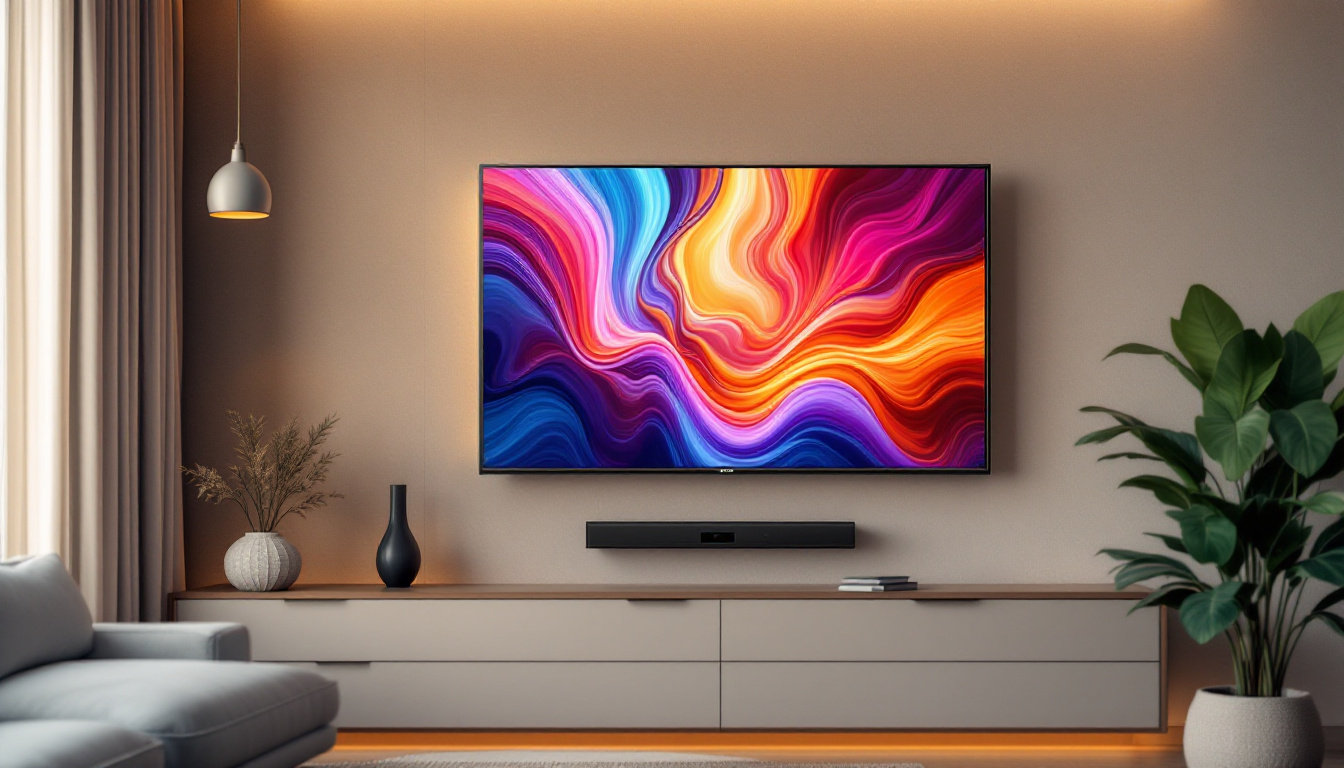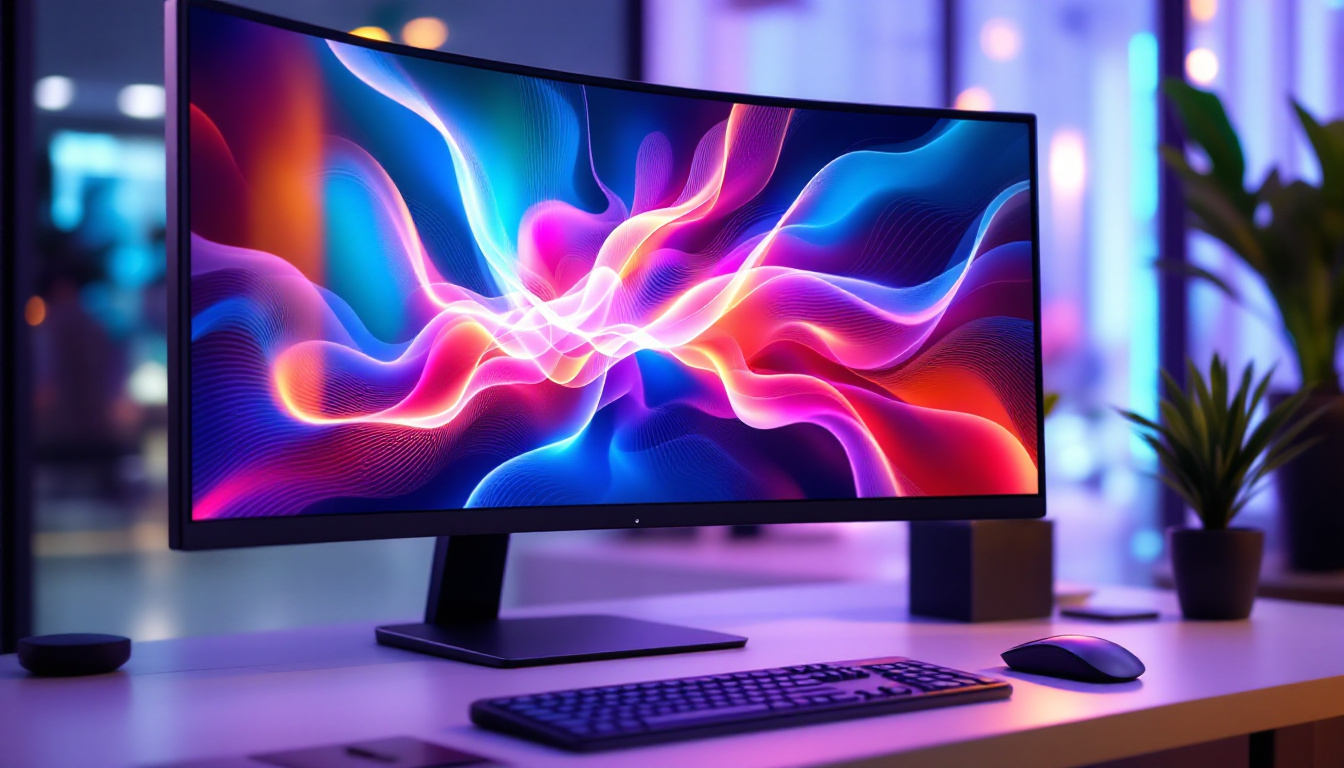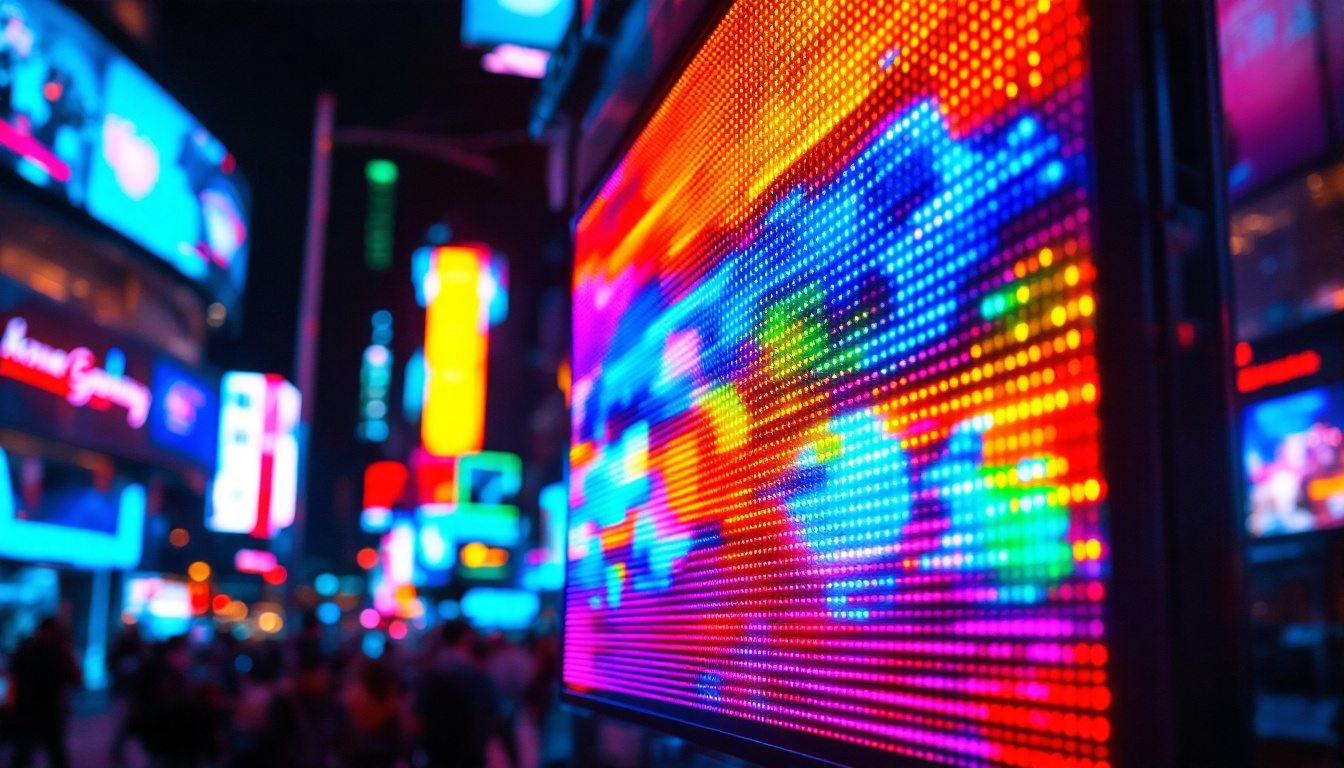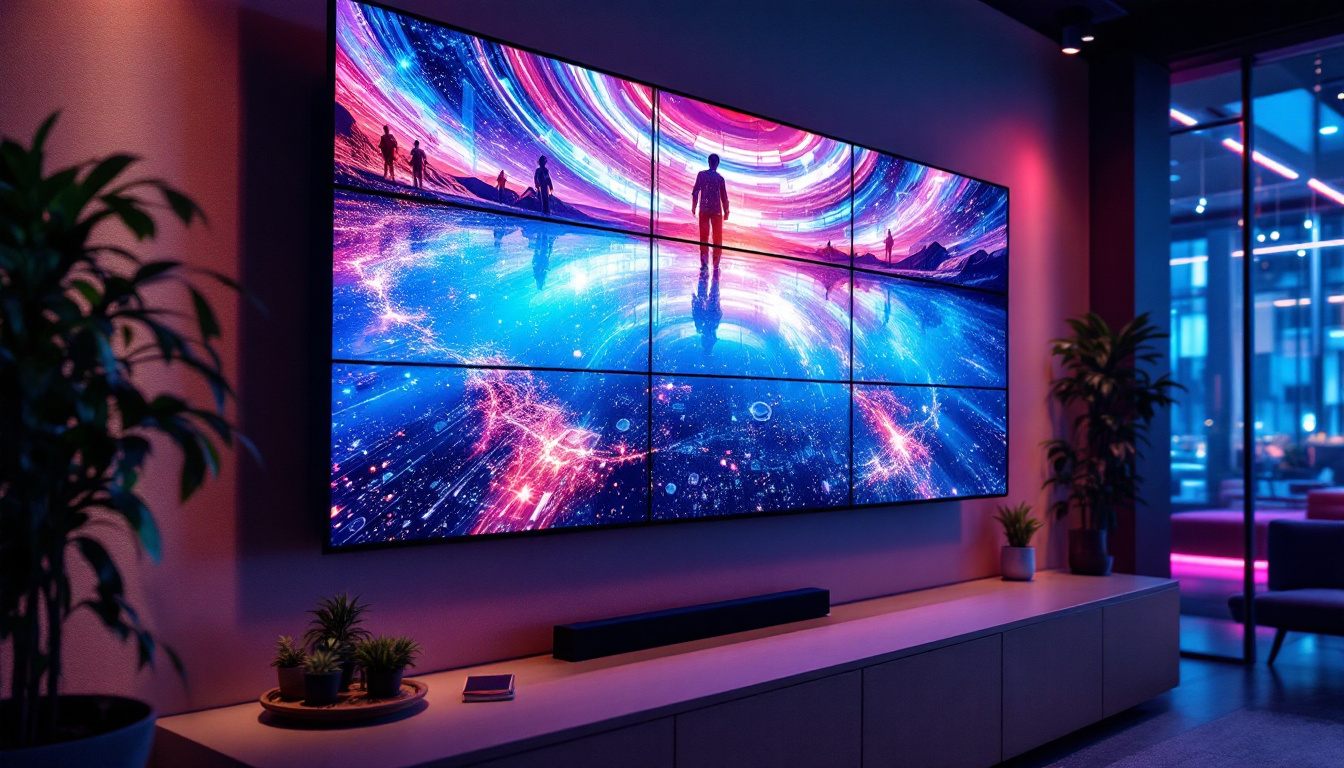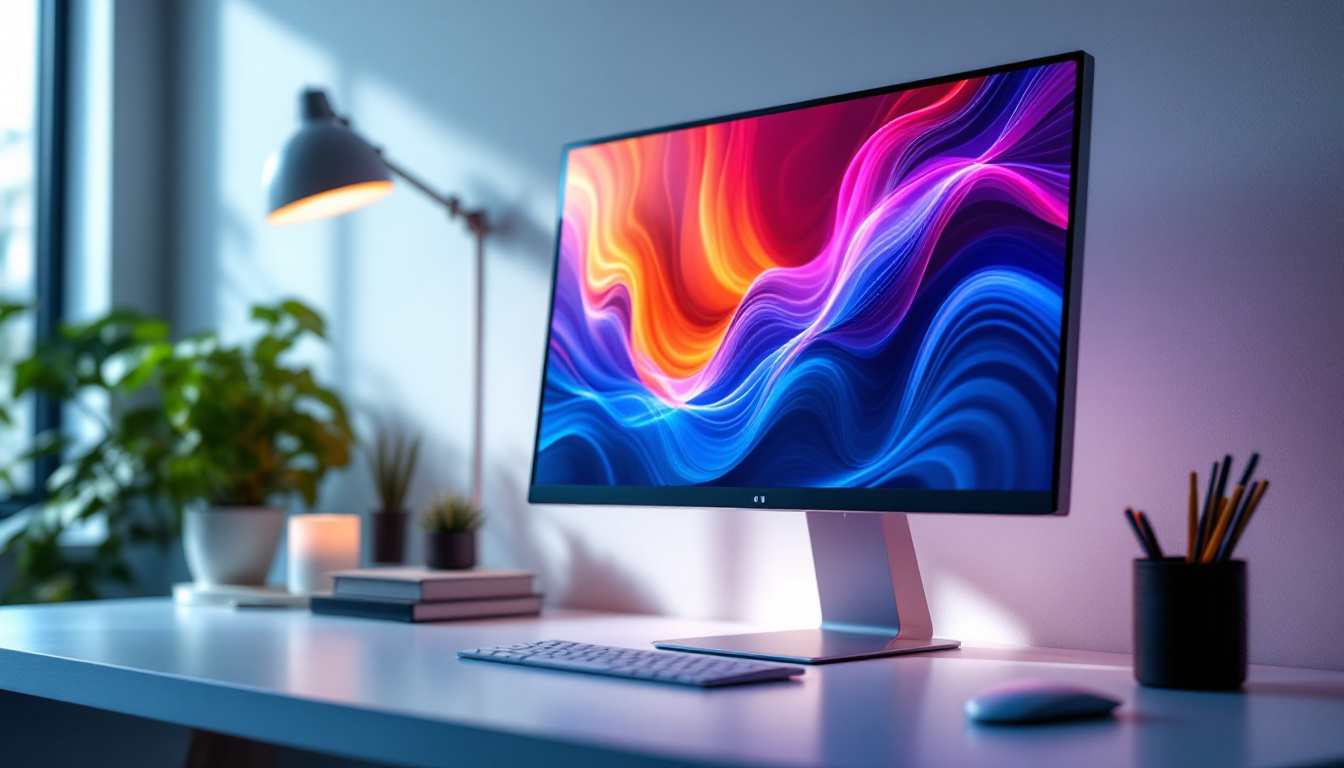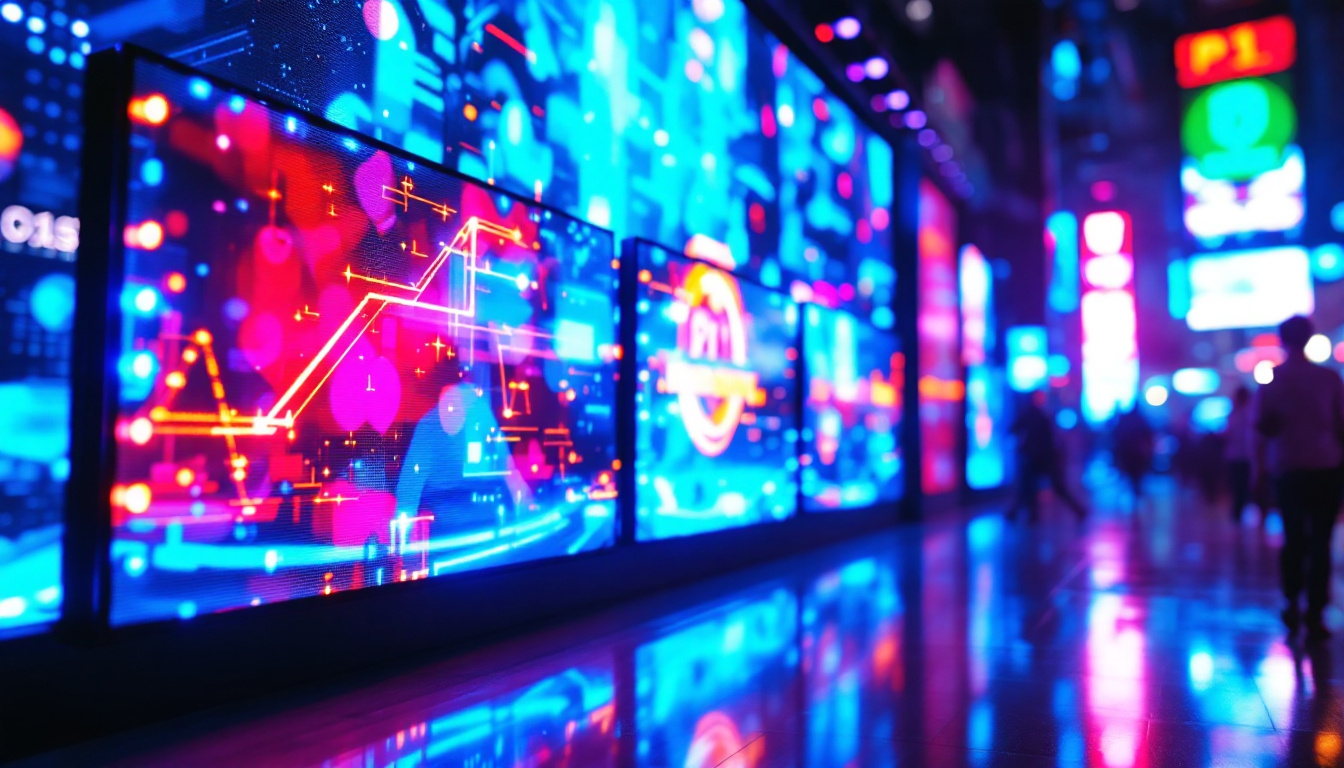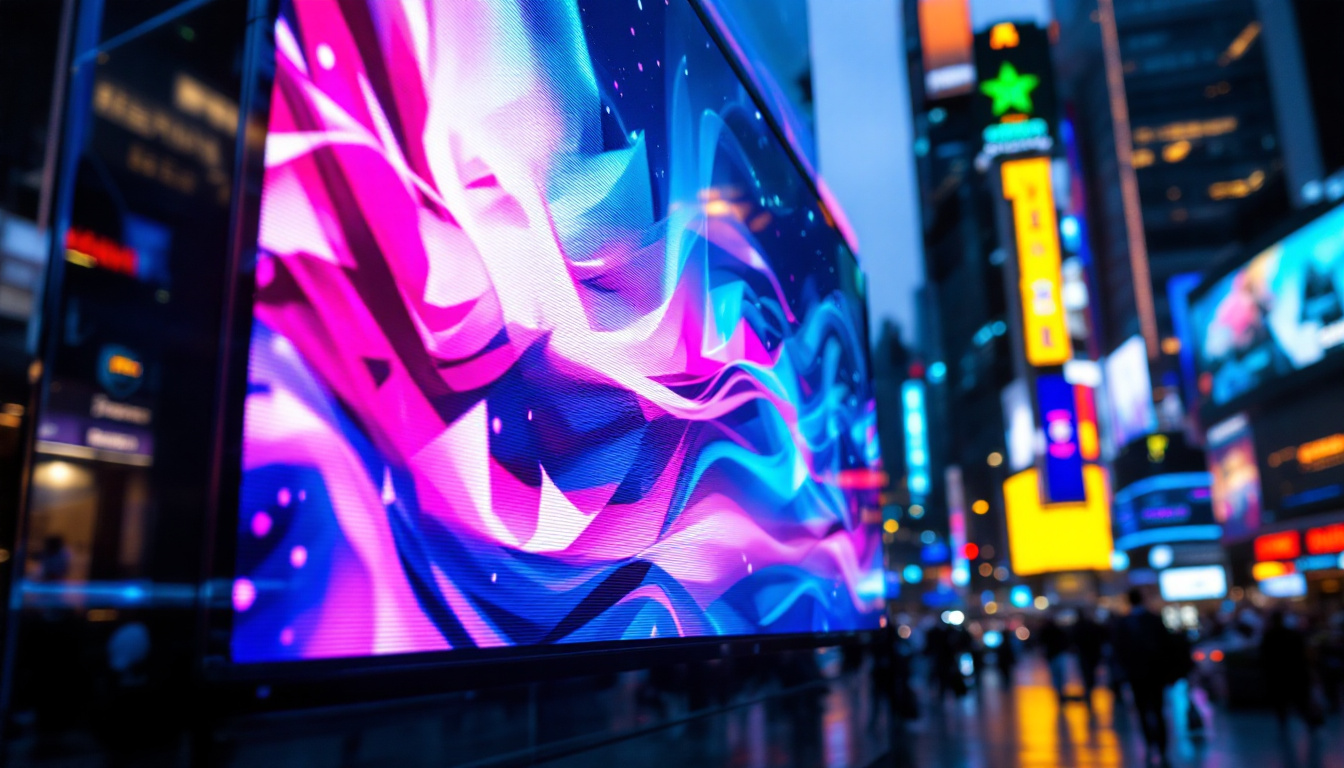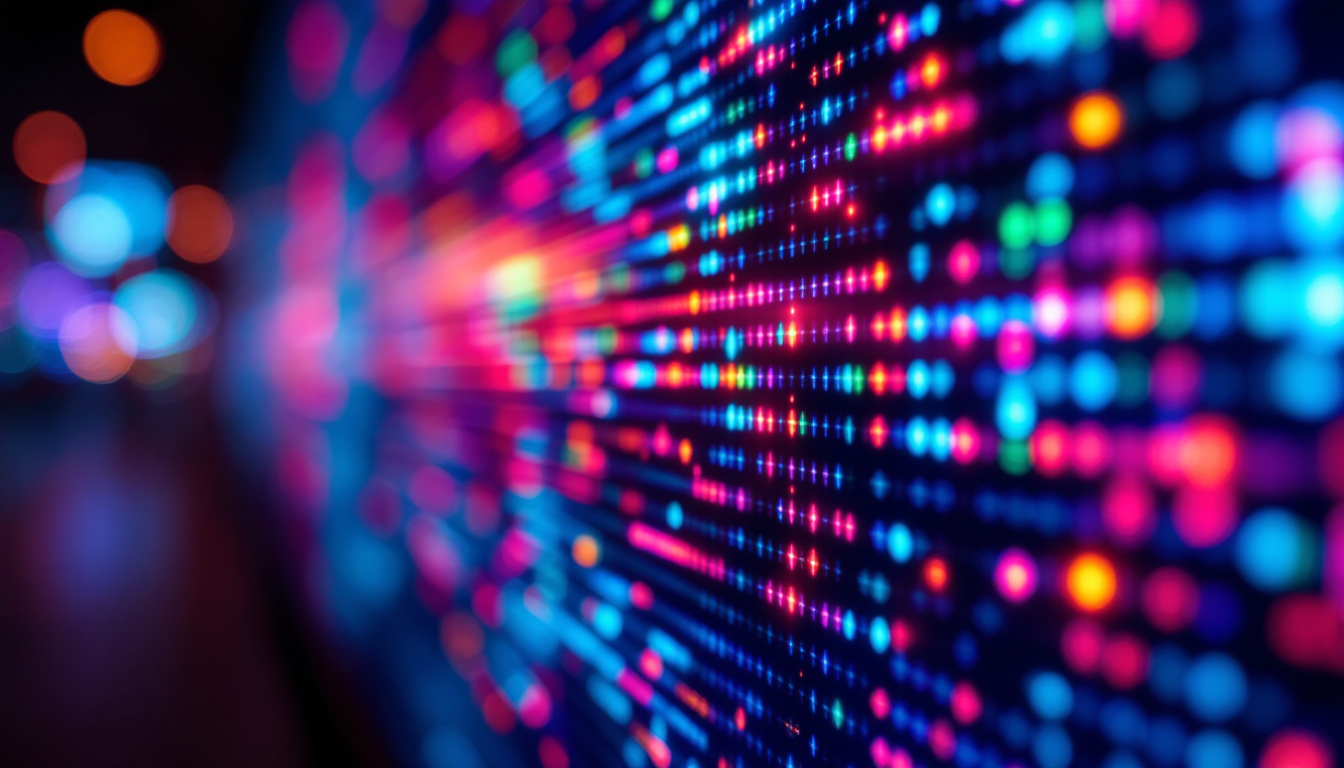In today’s digital age, touchscreen technology has become ubiquitous, transforming the way users interact with devices. At the heart of this technology lies the LED display, a key component that enhances visual experience and responsiveness. This article delves into the intricacies of touchscreen LED displays, their working principles, types, and applications, providing a comprehensive understanding for both enthusiasts and professionals.
Understanding Touchscreen Technology
Touchscreen technology allows users to interact directly with what is displayed on a screen, rather than using a traditional input device like a mouse or keyboard. This direct interaction has revolutionized user interfaces across a multitude of devices, from smartphones and tablets to kiosks and industrial machines. The convenience and intuitive nature of touchscreens have made them a staple in modern technology, enabling seamless navigation and interaction in various applications, from everyday tasks to complex industrial operations.
How Touchscreens Work
Touchscreens operate through various technologies, primarily resistive and capacitive systems. Resistive touchscreens consist of multiple layers, including a flexible top layer and a conductive bottom layer. When pressure is applied to the screen, the layers make contact, registering the touch. This method is highly responsive and can be used with any object, including fingers and styluses. Despite their durability, resistive screens often lack the clarity and multi-touch capabilities found in their capacitive counterparts.
Capacitive touchscreens, on the other hand, utilize the electrical properties of the human body. They are coated with a transparent conductor, such as indium tin oxide. When a finger touches the screen, it disrupts the electrostatic field, allowing the device to detect the touch. This technology is more sensitive and supports multi-touch gestures, making it ideal for modern smartphones and tablets. The advancement in capacitive technology has also led to innovations such as pressure sensitivity and haptic feedback, enhancing the user experience by providing tactile responses to touch inputs.
Types of Touchscreen Displays
There are several types of touchscreen displays, each with its unique advantages and applications. The most common types include:
- Resistive Touchscreens: Best for environments with high dust or moisture levels, as they are less sensitive to external elements.
- Capacitive Touchscreens: Known for their clarity and responsiveness, making them ideal for consumer electronics.
- Infrared Touchscreens: Utilize an array of infrared LEDs and sensors to detect touch, suitable for larger displays.
- Optical Touchscreens: Use cameras to detect touch, allowing for larger screens without the need for a physical overlay.
In addition to these common types, there are also hybrid touchscreens that combine elements of both resistive and capacitive technologies to leverage the strengths of each. These hybrid systems can provide versatility in various settings, such as in industrial environments where durability and precision are paramount. Furthermore, advancements in touchscreen technology continue to evolve, with innovations like flexible displays and transparent screens on the horizon, promising to further enhance user interaction and expand the possibilities of touchscreen applications in everyday life.
LED Display Technology
Light Emitting Diode (LED) displays are a popular choice for modern screens due to their vibrant colors, energy efficiency, and longevity. Understanding how LED displays work is crucial to appreciating their role in touchscreen technology. The advancements in LED technology have not only transformed consumer electronics but have also influenced industries such as advertising, automotive, and even architecture, where dynamic displays are increasingly utilized to enhance visual communication.
How LED Displays Function
LED displays consist of an array of tiny light-emitting diodes that produce light when an electric current passes through them. Each pixel in an LED display is made up of red, green, and blue (RGB) sub-pixels, which combine to create a wide spectrum of colors. This RGB model allows for high-quality images and videos, making LED displays a preferred choice for everything from televisions to smartphone screens. The precision in color mixing not only enhances the viewing experience but also allows for more accurate representation of images, which is particularly important in fields such as graphic design and photography.
In addition to their color capabilities, LED displays are known for their brightness and contrast ratios. They can achieve higher brightness levels than traditional LCDs, making them suitable for outdoor use where sunlight can wash out images. Furthermore, LED technology has evolved to include organic LEDs (OLEDs), which offer even better color accuracy and flexibility in design. OLEDs are particularly valued for their ability to produce deep blacks and a wider viewing angle, as each pixel emits its own light, allowing for precise control over brightness and color at every angle.
Advantages of LED Displays
LED displays come with numerous advantages that contribute to their widespread adoption:
- Energy Efficiency: LED displays consume significantly less power compared to traditional display technologies, leading to lower operational costs. This energy efficiency not only benefits consumers but also reduces the environmental impact associated with energy consumption.
- Longevity: With a lifespan of up to 100,000 hours, LED displays are more durable and require less frequent replacements. This longevity translates to less electronic waste, making them a more sustainable choice in the long run.
- Vibrant Colors: The ability to produce a wide range of colors enhances the visual experience, making content more engaging. This capability is especially important in marketing and entertainment, where captivating visuals can significantly influence audience engagement.
- Thin and Lightweight: LED technology allows for slimmer designs, making it easier to integrate into various devices. The reduced weight and thickness of LED displays have also opened up new possibilities in product design, enabling manufacturers to create sleek and modern devices that appeal to consumers.
Moreover, the versatility of LED displays extends beyond conventional applications. They are increasingly being used in innovative ways, such as in digital signage, where they can display dynamic content that can be updated in real-time. This adaptability makes LED displays ideal for advertising in high-traffic areas, allowing businesses to capture attention with eye-catching visuals that can be tailored to different audiences. Additionally, the development of flexible LED displays has paved the way for creative installations, such as curved screens and wearable technology, further pushing the boundaries of what is possible in display technology.
Integration of Touchscreen and LED Technologies
The combination of touchscreen and LED technologies has led to the development of highly interactive and visually appealing devices. This integration is evident in various applications, from consumer electronics to industrial systems.
Consumer Electronics
In consumer electronics, touchscreen LED displays have become the standard. Smartphones, tablets, and laptops utilize this technology to provide users with an intuitive interface. The responsiveness of capacitive touchscreens, combined with the vibrant visuals of LED displays, creates a seamless user experience.
Moreover, the gaming industry has also embraced touchscreen LED technology, offering immersive experiences that engage players in new ways. High-definition graphics paired with touch capabilities allow for innovative gameplay mechanics and enhanced interaction.
Industrial Applications
Beyond consumer electronics, touchscreen LED displays are making significant strides in industrial applications. Manufacturing processes often require robust and reliable interfaces that can withstand harsh environments. Touchscreen LED displays are being used in control panels, machinery interfaces, and monitoring systems, allowing operators to interact with complex systems easily.
These displays provide real-time data visualization, enabling quick decision-making and enhancing operational efficiency. The durability of LED technology ensures that these systems remain functional even in challenging conditions.
Challenges and Considerations
While the benefits of touchscreen LED displays are numerous, there are also challenges and considerations that manufacturers and users must keep in mind.
Cost Factors
The initial cost of touchscreen LED technology can be higher than traditional displays. This is due to the advanced materials and manufacturing processes involved. However, the long-term savings in energy efficiency and durability can offset these initial expenses.
For businesses, evaluating the return on investment (ROI) is crucial. While the upfront costs may be daunting, the potential for increased productivity and reduced operational costs should be factored into the decision-making process.
Environmental Impact
As with any technology, the environmental impact of touchscreen LED displays is a concern. The production and disposal of electronic devices contribute to e-waste, which poses significant environmental challenges. Manufacturers are increasingly focusing on sustainable practices, such as using recyclable materials and reducing energy consumption during production.
Consumers can also play a role by recycling old devices and supporting companies that prioritize sustainability in their manufacturing processes.
The Future of Touchscreen LED Displays
The future of touchscreen LED displays looks promising, with continuous advancements in technology and design. Emerging trends include the development of foldable and flexible displays, which open up new possibilities for device design and functionality.
Innovations on the Horizon
Researchers are exploring new materials and technologies that could enhance the performance of touchscreen LED displays. For instance, microLED technology is gaining traction, offering even better brightness, contrast, and energy efficiency. This technology could lead to displays that are not only thinner and lighter but also capable of achieving higher resolutions.
Furthermore, the integration of artificial intelligence (AI) into touchscreen interfaces is set to revolutionize user interactions. AI can provide personalized experiences, adapting to user preferences and behaviors to enhance usability.
Market Trends
The market for touchscreen LED displays is expected to grow significantly in the coming years. As more industries recognize the advantages of this technology, the demand for innovative applications will increase. From smart homes to healthcare, the potential applications are vast and varied.
As technology continues to evolve, it will be essential for manufacturers to stay ahead of trends and consumer demands, ensuring that touchscreen LED displays remain relevant and effective.
Conclusion
Touchscreen LED displays have transformed the way users interact with technology, offering a dynamic and engaging experience. Understanding the principles behind this technology, its advantages, and its applications is crucial for anyone involved in the tech industry or simply interested in modern advancements.
As innovations continue to emerge, the future of touchscreen LED displays promises even greater capabilities and applications. Embracing these advancements will not only enhance user experiences but also pave the way for new possibilities in various fields.
In conclusion, the synergy between touchscreen and LED technologies is a testament to human ingenuity, driving forward the evolution of interactive devices and enriching the way people connect with information and each other.
Discover the Future of Interactive Displays with LumenMatrix
As you’ve seen, touchscreen LED displays are at the forefront of interactive technology, offering unparalleled user experiences. If you’re inspired by the potential of LED displays and want to explore cutting-edge solutions that can transform your brand’s visibility, look no further than LumenMatrix. With a diverse range of products including Indoor and Outdoor LED Wall Displays, Vehicle LED Displays, and innovative LED Transparent Displays, LumenMatrix is committed to revolutionizing visual communication. Check out LumenMatrix LED Display Solutions today and step into the future of dynamic and engaging visual experiences.




